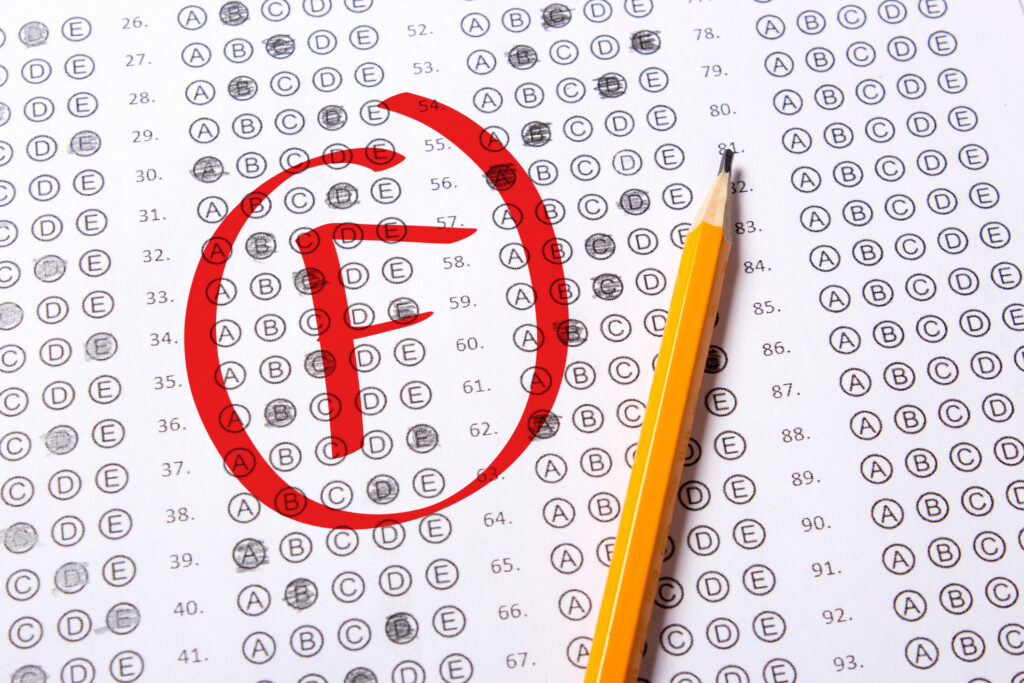A compromise bill that reforms schools and school funding in Illinois was approved 83-31 by House lawmakers in Springfield on December 2 in a special session called by GOP Governor Jim Edgar. The measure had been overwhelmingly approved in the Senate but rejected by the House during the Legislature’s fall veto session. Providing $480 million in new school funding, the bill brings the state’s poorest districts to a minimum funding level of $4,225 per student, rising to $4,425 by 2001.
“Schools now have no excuse for not improving education,” contended Senate Appropriations Chairman Steven Rauschenberger and Senate Education Committee Chairman Dan Cronin, both Republicans.
“Just as important as the funding commitment, this measure improves the accountability of our schools through a series of management and teaching reforms,” said Cronin. Those reforms include performance contracts for administrators, a bar on social promotion of poorly performing students, privatization of non-instructional services, teacher tenure after four years rather than two, alternative certification of teachers, and allowing the State Board of Education to over-rule local school boards in the approval of charter schools.
Limited as they were, the bill’s school reform measures were enough to turn the teacher unions against the measure. The bill’s tax increases on phones, tobacco, and gambling also were unacceptable to many taxpayer groups, including Family Taxpayer’s Foundation president Jack Roeser, who pointed out that the state had received $900 million in unexpected tax receipts in 1997.
“A tax increase on top of this windfall is both unnecessary and abusive,” said Roeser.
School Reform News managing editor George Clowes, asked to comment on the bill, argued that it is unlikely to help the state’s schoolchildren. In a December 1 statement issued by The Heartland Institute, Clowes noted that Edgar’s plan “drains taxes from suburban communities, rewards downstate residents who make little effort to fund their schools adequately, and provides no guarantee of improved student achievement.”
In many low-tax downstate communities, where home prices and the general cost of living are significantly lower than in suburban areas, residents could double their property taxes and still be paying less than the state average as a percentage of their personal income, according to data from the Taxpayers’ Federation of Illinois.



